Speech Therapy
Areas of Focus in Pediatric Speech Therapy
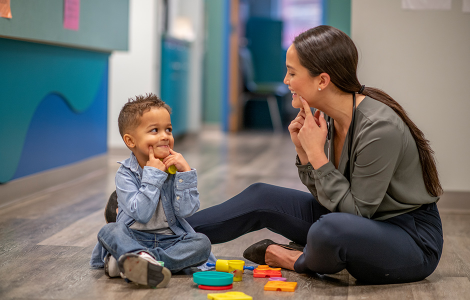
Articulation and Phonological Disorders
Targeting correct pronunciation and sound patterns to enhance overall intelligibility
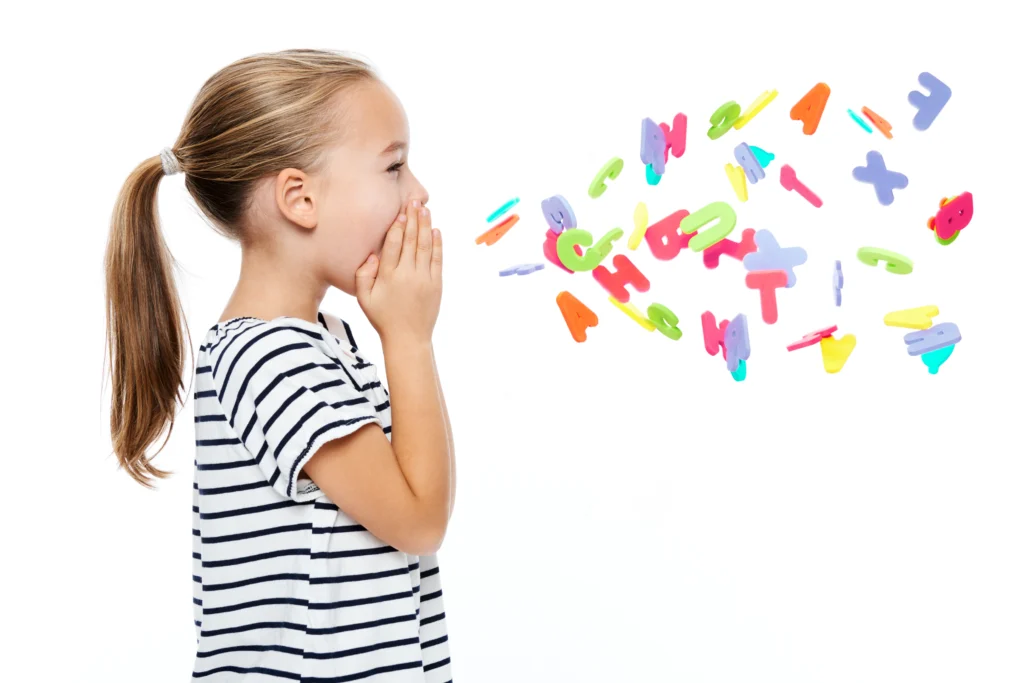
Expressive and Receptive Language Delays
Developing vocabulary, sentence structure, and the ability to understand and use language.
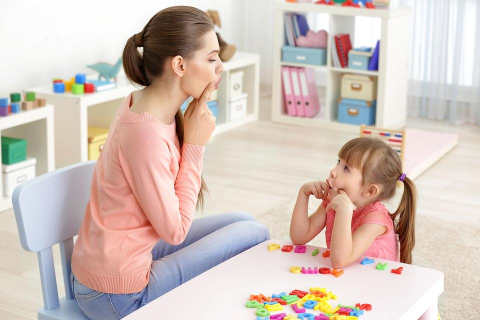
Social Communication Skills
Facilitating skills related to turn-taking, understanding non-verbal cues, and engaging in meaningful social interactions.
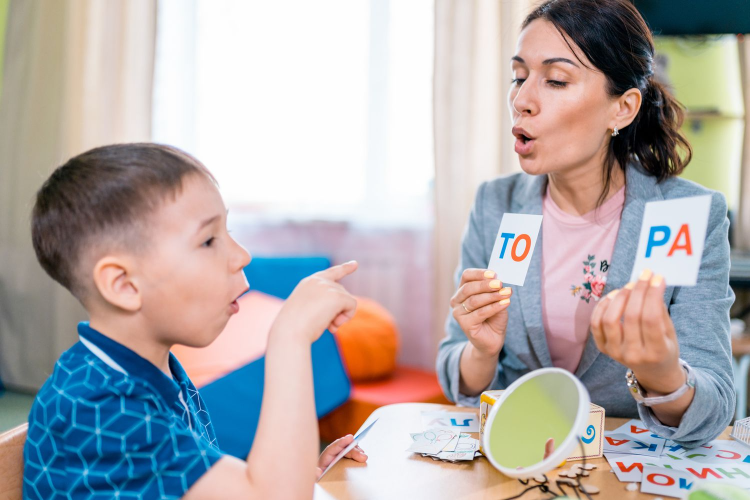
Fluency Disorders (Stuttering)
Providing strategies to enhance fluency and reduce stuttering behaviors.

Feeding and Swallowing Difficulties
Addressing challenges related to oral motor coordination, texture aversions, and feeding difficulties.
Milestones
The Journey of Speech Development
Speech development is a remarkable journey that begins from the first coos and babbles to the formation of sentences and complex language structures. Every stage contributes to the foundation of effective communication, shaping a child’s ability to express thoughts, emotions, and connect with the world.
Early Vocalizations (0-6 months)
In the initial months, babies communicate through cooing, gurgling, and gentle babbling. These early vocalizations lay the groundwork for future speech as infants experiment with the sounds they can produce.
Emergence of Babbling (6-12 months)
Between six and twelve months, babies transition to more intentional babbling. This stage is marked by repeated consonant-vowel combinations, a precursor to the diverse range of sounds found in language.
First Words (12-18 months)
Around their first birthday, children typically utter their first words. These initial words often relate to familiar people, objects, or activities in their immediate environment, reflecting their growing ability to link sounds with meaning.
Expanding Vocabulary (18-24 months)
The toddler stage witnesses a rapid expansion of vocabulary. Children begin combining words to form simple sentences, expressing their needs, desires, and observations.
Fluency and Sentence Structure (2-3 years)
As children progress, their speech becomes more fluent, and sentence structures become more complex. They experiment with verb tenses and develop a growing repertoire of words to express themselves.
Social Communication (3-4 years)
Around the age of three, children increasingly engage in social communication. They learn to take turns in conversation, ask questions, and share experiences with others, showcasing the development of pragmatic language skills.
Refinement of Sounds and Pronunciation (4-6 years)
The preschool years mark a period of sound refinement and pronunciation improvement. Children refine their articulation and begin to master more challenging sounds, enhancing overall speech clarity.
Building Literacy Skills (6+ years)
Beyond the foundational years, speech development becomes intertwined with literacy skills. Children refine their ability to decode and encode written language, further enhancing their overall communication competence.
Bridging Communication Gaps
Speech Therapy and Autism Spectrum Disorder
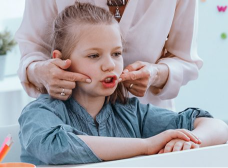
Understanding the Communication Challenges in Autism
Communication difficulties are a common hallmark of Autism Spectrum Disorder. Individuals with ASD may face challenges in various aspects of communication, including expressive language, receptive language, social communication, and pragmatic language skills. Speech therapy emerges as a valuable ally in addressing these challenges.
Understanding the Communication Challenges in Autism
Visual Supports and Communication Aids
Implementing visual supports, such as visual schedules, social stories, and communication boards, to enhance understanding and facilitate communication
Augmentative and Alternative Communication (AAC)
Introducing AAC tools and devices to support non-verbal individuals or those with limited verbal communication. This may include picture exchange systems, communication apps, or speech-generating devices.
Receptive Language Enhancement
Developing strategies to improve receptive language skills, helping individuals understand and process verbal information more effectively.
Social Communication Strategies
Focusing on pragmatic language skills, speech therapists work on enhancing social communication, including turn-taking, making eye contact, and interpreting non-verbal cues.
Expressive Language Development
Tailoring interventions to promote expressive language development, encouraging individuals to articulate their thoughts, needs, and emotions.
Speech Sound Production
Addressing challenges related to speech sound production, including articulation and phonological disorders, to enhance overall intelligibility.
Social Stories and Role-Playing
Using social stories and role-playing exercises to help individuals with ASD navigate social situations, understand social expectations, and develop appropriate responses.
